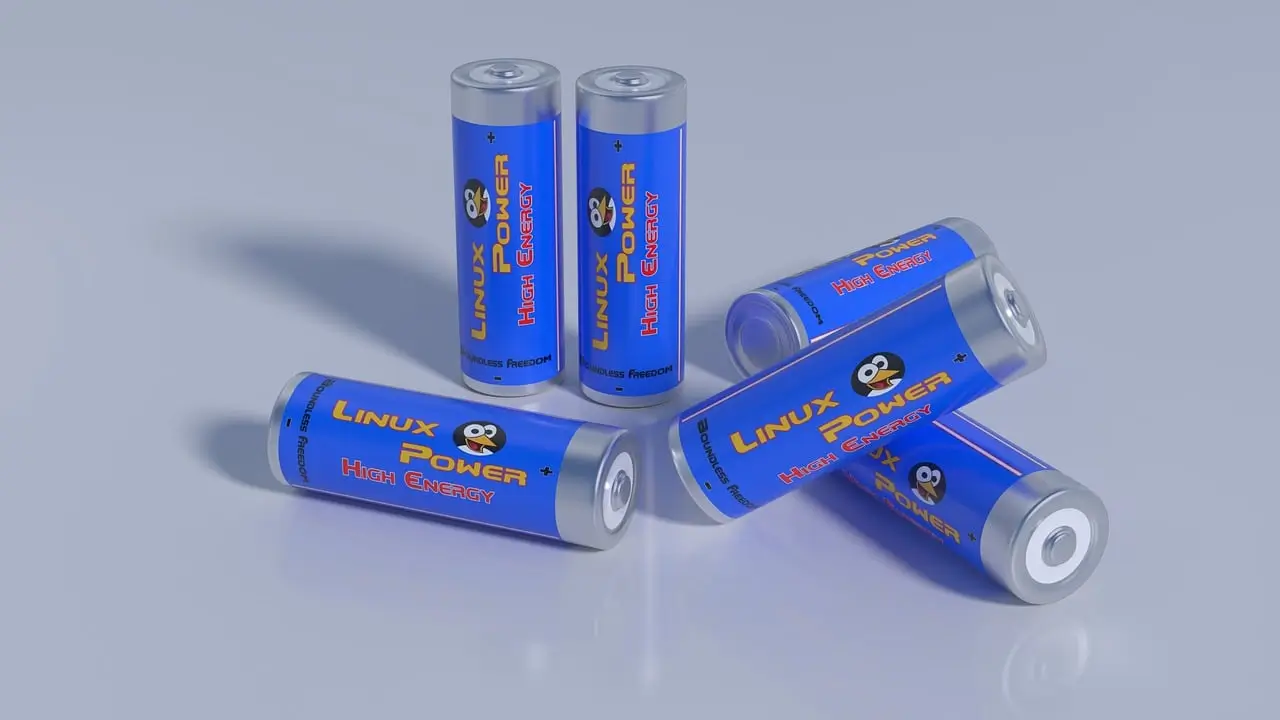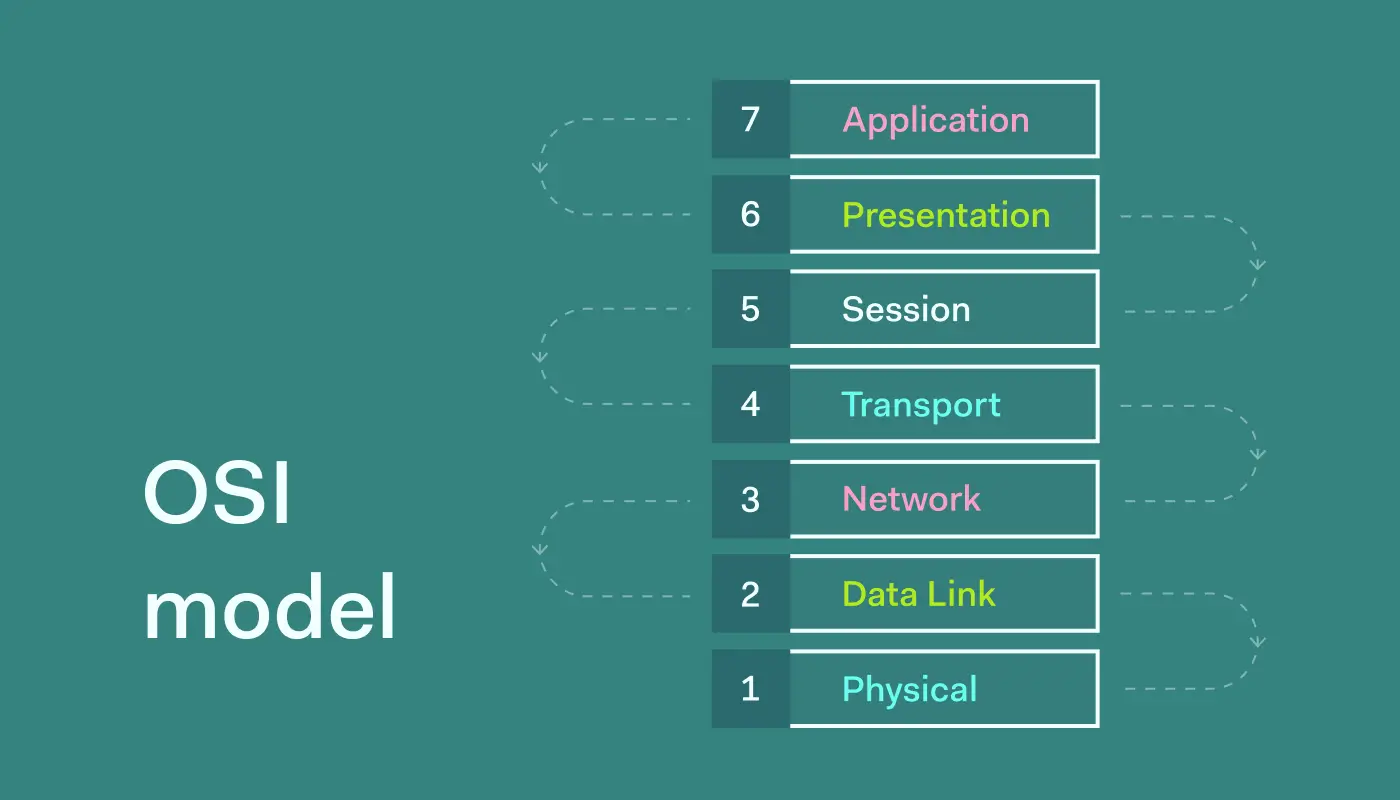Li-Poly Batteries: What They Are Made Of and How They Work

Lithium polymer (Li-Poly) batteries are one type of battery that is increasingly popular in various modern electronic devices such as smartphones, drones, laptops, and electric vehicles. Its ability to provide high energy with a light weight makes it the main choice in various industries. However, do you know what ingredients make up a Li-Poly battery and how it works? This article will review in detail the composition of the material, working principles, and advantages and disadvantages of lithium polymer batteries.
Main Components of Li-Poly Batteries
Lithium polymer batteries consist of several main components, namely the positive electrode (cathode), negative electrode (anode), electrolyte, separator, and casing. Each of these components has a specific role in ensuring that the battery can store and transmit energy efficiently. Here is a more detailed explanation of each component:
- Cathode (Positive Electrode)
The cathode is the part of the battery where lithium ions are released during the energy release process. The main cathode material in Li-Poly batteries usually consists of lithium-based compounds, such as lithium cobalt oxide (LiCoO2), lithium iron phosphate (LiFePO4), or lithium manganese oxide (LiMn2O4). The choice of cathode material greatly affects the capacity, safety, and stability of the battery.
- Lithium Cobalt Oxide (LiCoO2): Commonly used in consumer electronics due to its high energy density.
- Lithium Iron Phosphate (LiFePO4): More stable and resistant to high temperatures, often used in electric vehicles.
- Lithium Manganese Oxide (LiMn2O4): Has fast charging capabilities and is more environmentally friendly.
- Anode (Negative Electrode)
The anode is where lithium ions are stored while the battery is being recharged. The most common material used for anodes is graphite. Graphite has a layered structure that allows lithium ions to enter and exit easily during the charging and discharging cycles.
However, in some recent innovations, silicon-based anode materials or silicon-graphite combinations have begun to be developed to increase energy storage capacity.
- Electrolyte
The electrolyte is a medium that allows lithium ions to move between the anode and cathode. In Li-Poly batteries, the electrolyte is usually in the form of a gel or solid polymer, which distinguishes it from conventional lithium-ion (Li-Ion) batteries that use liquid electrolytes.
Common electrolyte materials used in Li-Poly batteries include:
- Polyethylene oxide (PEO)-based polymer: Chemically stable and can function at high temperatures.
- Polyvinylidene fluoride (PVdF)-based polymer: Has good ionic conductivity.
- Gel-based electrolyte: Combines the advantages of polymers and liquids, providing greater flexibility and safety.
- Separator
The separator is a thin layer that separates the anode and cathode to prevent short circuits. The separator material is usually made of polypropylene (PP) or polyethylene (PE) with high porosity, allowing lithium ions to pass through but still maintaining physical isolation between the two electrodes.
- Casing
The casing on a Li-Poly battery is usually made of flexible plastic or aluminum laminated film. This allows for a lighter battery design and can be customized to various shapes and sizes.
Li-Poly Battery Working Process
The working principle of a Li-Poly battery is similar to a lithium-ion battery, which is based on the flow of lithium ions between the anode and cathode through the electrolyte. Here is the process in detail:
- Battery Charging
When the battery is charged, lithium ions move from the cathode to the anode through the electrolyte. Electrons follow an external path through the charger, creating an electric current.
- Energy Release
When the battery is used, lithium ions move back from the anode to the cathode, releasing electrical energy that is used to operate the device.
- Role of Separator
The separator ensures that lithium ions can move freely without allowing electrons to move directly, thus preventing short circuits.
- Chemical Reactions
The chemical reactions that occur in the battery involve reduction and oxidation (redox), where lithium ions undergo energy changes to produce electricity.
Advantages of Li-Poly Batteries
Li-Poly batteries have a number of advantages that make them superior to other types of batteries:
- Light Weight and Flexible Design
Because they use flexible casings, Li-Poly batteries can be made in various shapes and sizes without adding significant weight.
- High Energy Density
This battery is capable of storing large amounts of energy, making it suitable for modern electronic devices that require high power.
- Better Safety
Polymer-based electrolytes are more stable and have a lower risk of leakage than liquid electrolytes in Li-Ion batteries.
- Fast Charging Capability
With the right technology, Li-Poly batteries can be recharged faster than other types of batteries.
Disadvantages of Li-Poly Batteries
Although it has many advantages, Li-Poly batteries also have several disadvantages that need to be considered:
- High Production Cost
The materials and manufacturing process for Li-Poly batteries are more expensive than conventional batteries.
- Shorter Cycle Life
Generally, Li-Poly batteries have fewer recharge cycles than lithium-ion batteries.
- Sensitive to Overcharging and Overdischarging
Improper use, such as overcharging or discharging to zero, can permanently damage the battery.
- High Temperature Degradation
Li-Poly batteries are more susceptible to damage if used in high temperature conditions continuously.
The Future of Li-Poly Batteries
Innovation continues to be carried out to improve the performance and efficiency of lithium polymer batteries. Some of the latest developments include:
- Use of Nano Materials
Addition of nano materials to the cathode and anode to increase capacity and charging speed.
- Development of Solid Electrolytes
A more stable and safe solid electrolyte is expected to replace the gel electrolyte currently used.
- Anode and Cathode Structure Engineering
Silicon and graphene-based materials are being developed to increase energy density without increasing battery weight.
Conclusion
Lithium polymer batteries are made from a combination of advanced materials such as lithium compounds on the cathode, graphite on the anode, polymer-based electrolytes, and polypropylene or polyethylene separators. With the advantages of light weight, high energy density, and flexible design, this battery is the main choice for modern electronic devices. Although it has some shortcomings, ongoing innovation makes Li-Poly batteries more efficient and reliable in the future.
By understanding the materials and how Li-Poly batteries work, we can better appreciate the role of this technology in everyday life while preparing ourselves to take advantage of the potential of next-generation battery technology.
That’s all the articles from Admin, hopefully useful… Thank you for stopping by…





